Make a difference to the environment by choosing more sustainable gardening supplies. Here’s 6 green ideas to get you started.
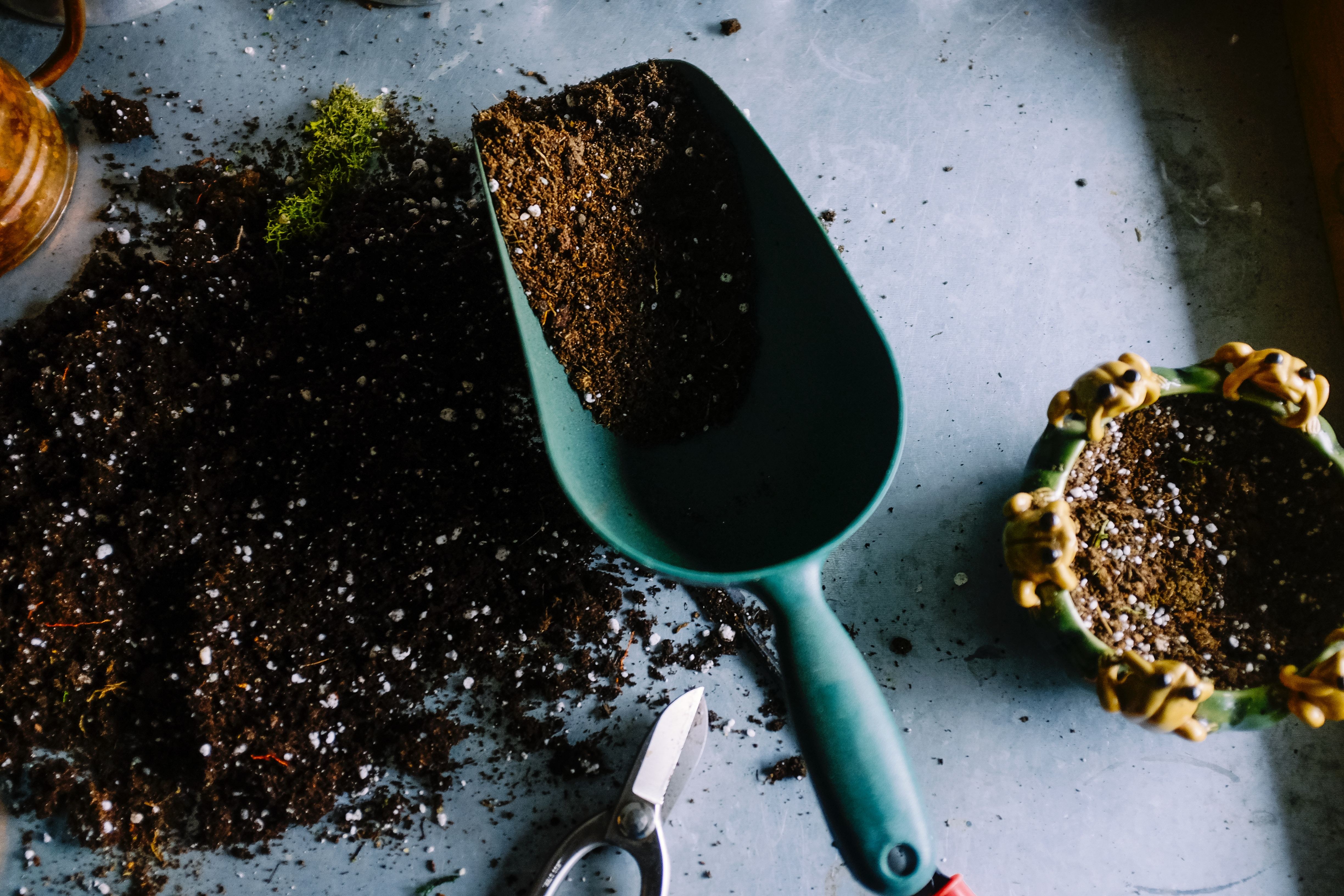
What goes in your garden – from soil to stones – can have impacts beyond your yard. The wrong plant choice can cause problems in your local environment, energy used to transport products from interstate/overseas contributes to climate change, and where you get your rocks from could save a lizard’s home. Here’s 6 more sustainable products to create an environmentally friendly garden:
1. Choose local native plants
Local native plants are the best option for Adelaide’s environment. They provide food and shelter for our wildlife, and are generally lower maintenance, saving you time and money.
Choosing plants that are native to your local area means that you won’t have to worry about them jumping the fence and causing problems out in the natural environment.
There’s many beautiful native plants that love life on the coast and thrive inland too.
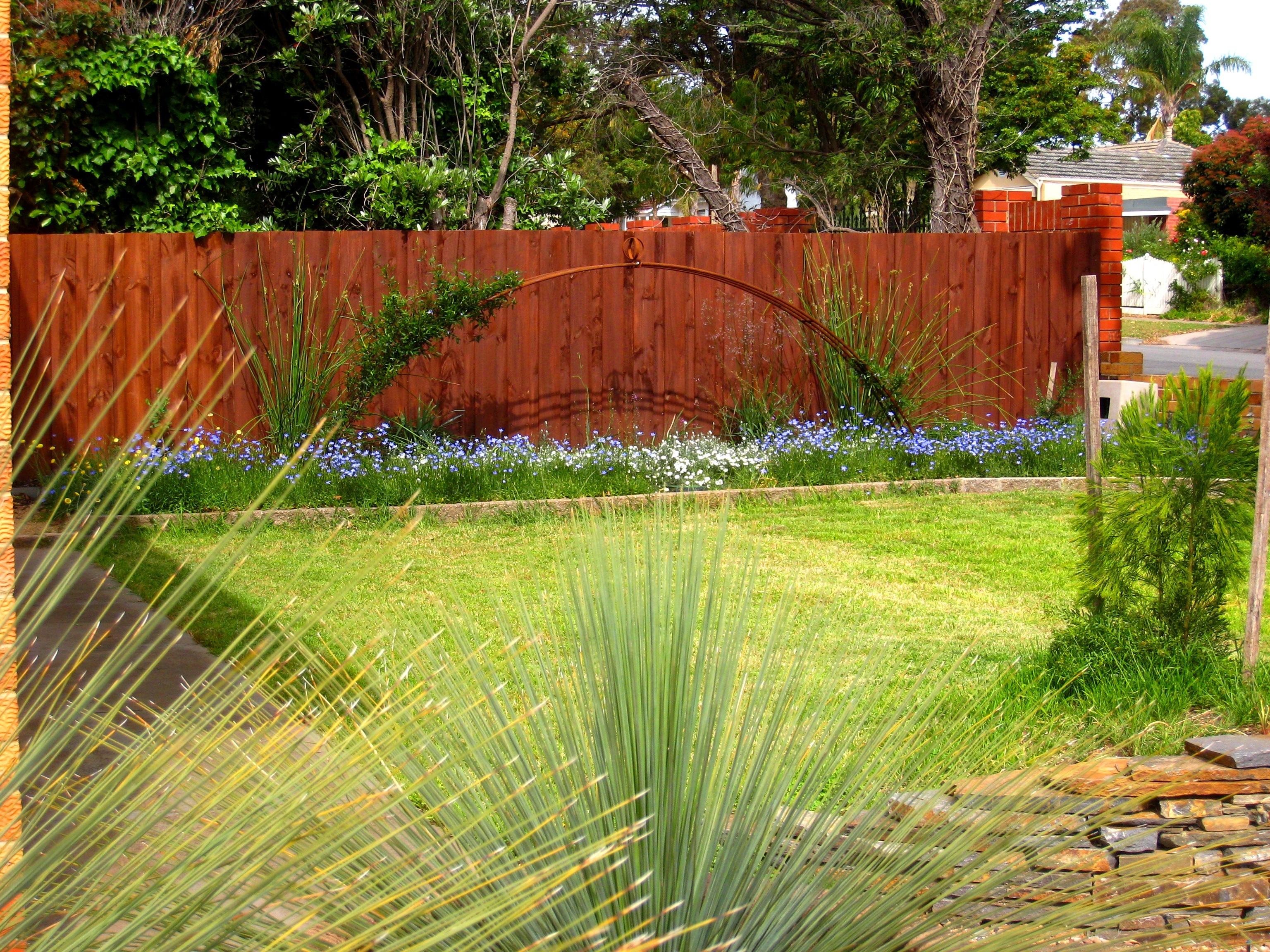
2. Ask “where was this sourced?”
When purchasing gardening supplies, one of the most important questions you can ask the supplier is, “where was this sourced?”
You want to make sure that it didn’t damage the environment to get the product you’re taking home. Here’s a few things to consider:
- Choose plantation timber for mulch, rather than old growth forests.
- Get rocks from a quarry instead of a river bed or where they provided habitat for animals.
- Ensure soils are free from plant fragments and seeds.
Buy local where you can to avoid the extra energy required to bring materials from out of the state and help tackle climate change.
3. Opt for recycled products
Reduce, reuse, recycle is just as important for gardening supplies as it is for anything else. If you can minimise the need for something new, do it! This reduces waste and minimises the need to use precious resources.
The recycled garden products market is growing, so you might be surprised what’s on offer for a bargain. Here’s a few ideas and why you might want to consider them:
Recycled plastic decking
This eco-friendly option helps save plastic from winding up in the trash. Additional bonus: You won’t get splinters!
Old railway sleeper bench seats
Finding old railway sleepers is not as hard as you think and this project will give your garden something instagrammable that most* others won’t have. Jump on Pintrest for inspiration.
*We can’t guarantee this trend won’t go viral.
Crushed old red bricks as gravel
Gravel has to come from somewhere. You can prevent rocks being taken from the natural environment and instead make it by repurposing something old that might otherwise go to waste.
Old red brick makes an excellent choice for gravel. It’s very similar in texture, has good drainage and can be crushed up finely, so that it can substitute dolomite for pathways.
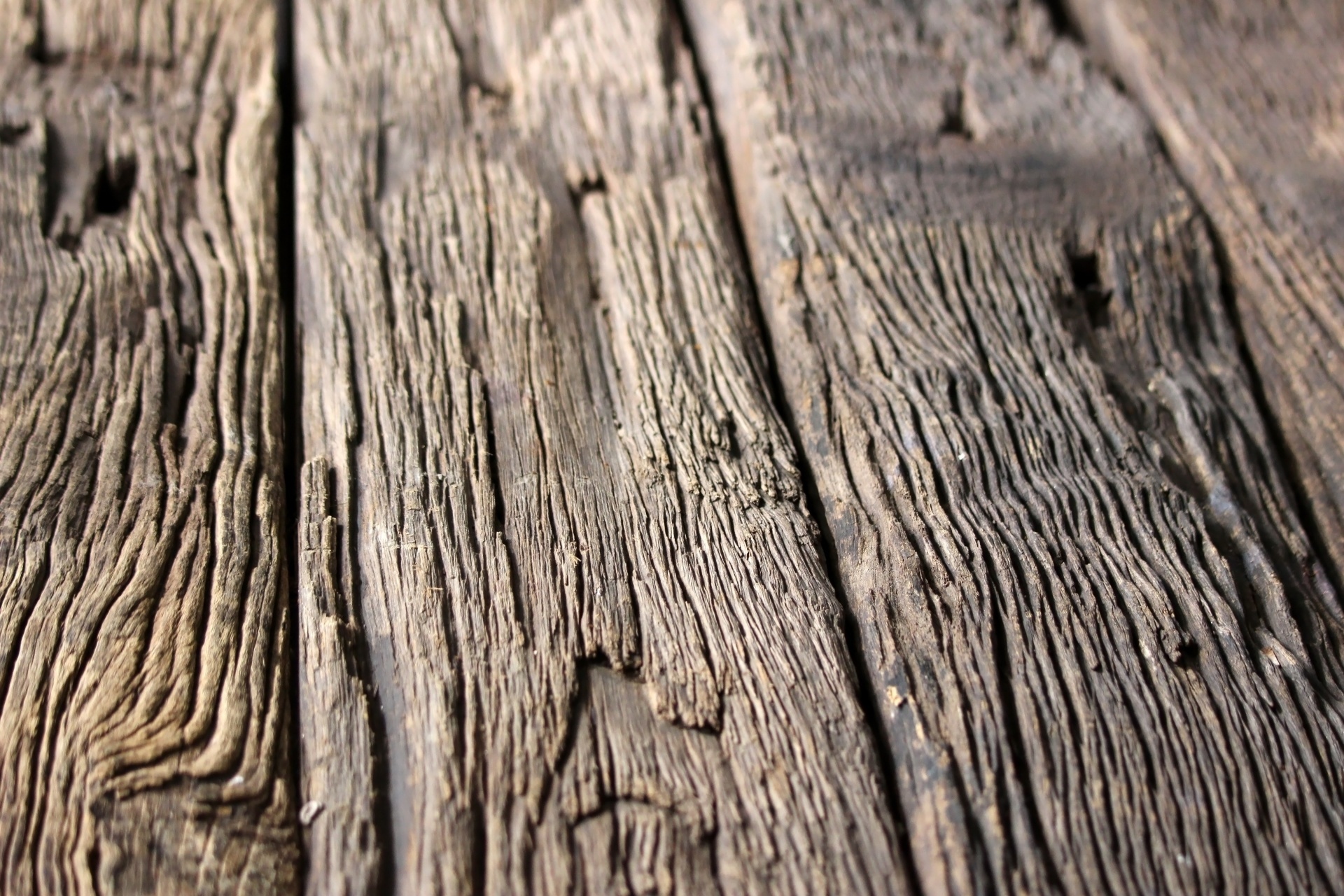
4. Install a raingarden
Do you forget to water your garden often? A raingarden may be your new best friend.
There’s lots of different types of raingardens and they are straightforward to build. Depending on the plants you choose, a raingarden can help the local environment by cleaning stormwater before it goes out to sea.
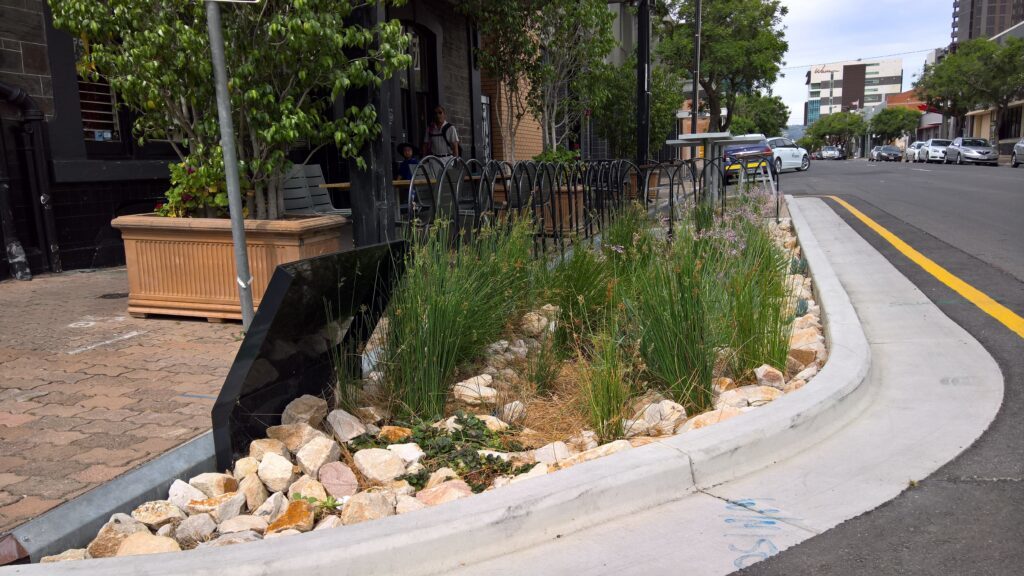
5. Plant the thirsty plants together
Another option for water saving is to put all the thirsty plants, that need to be watered often, together – it’s called hydrozoning.
You can then add irrigation specifically to that site, reducing your water bill by unnecessarily watering other things. Or if you’re hand-watering, put these plants close to your house for ease.
6. Select a smaller space for drought-tolerant lawn
If you’ve ever tried to keep your lawn looking lush, you’ll know that it takes a lot of maintenance.
Minimise the time you’ll have to spend looking after this baby by reducing the size of the space and choosing a drought-tolerant variety, such as buffalo grass.
Use the space you would have otherwise had lawn to instead plant local native species. You’ll get the cooling effect and lush greenery in your yard without having to maintain it so often.
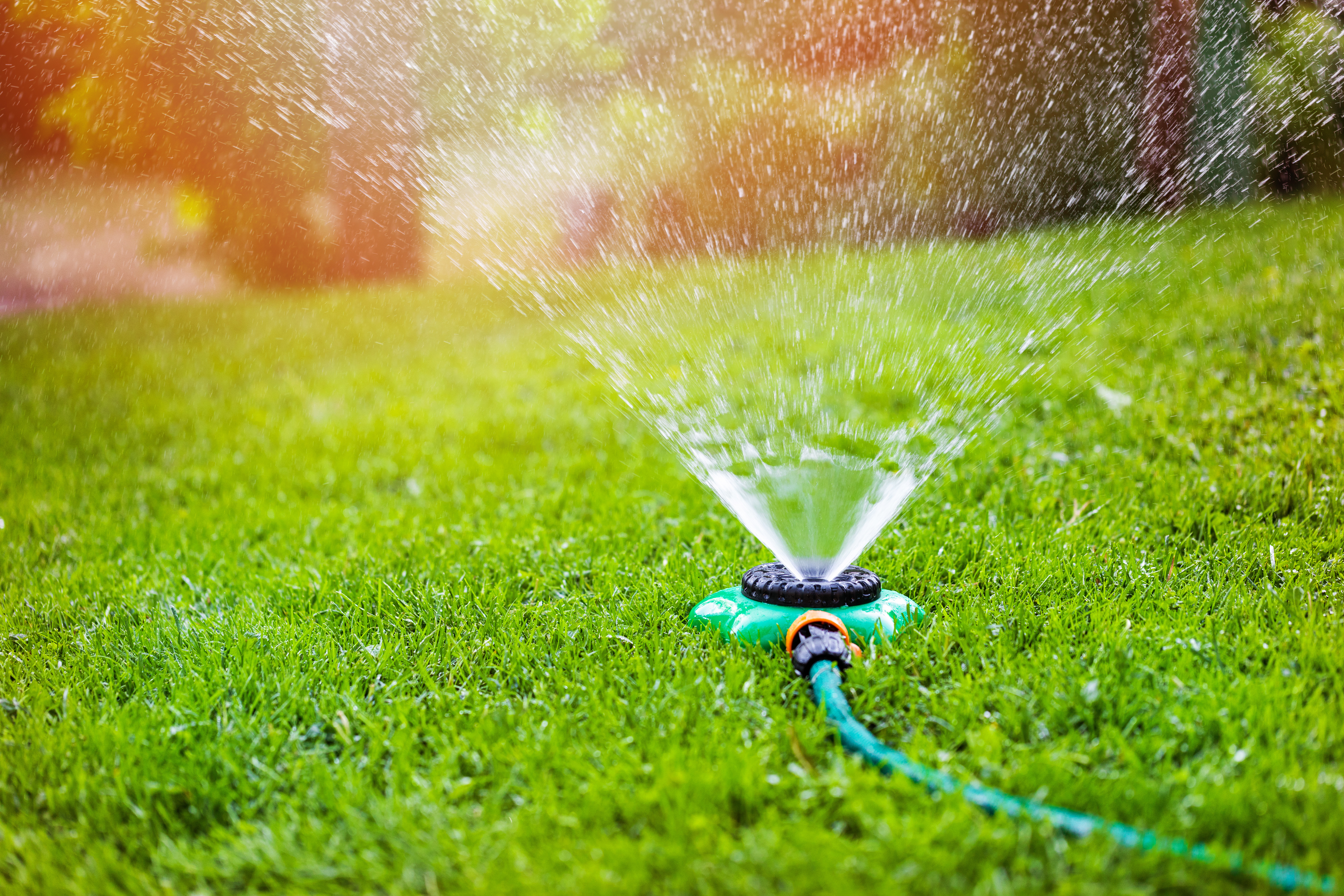
Keen for more gardening help?
Moved into a new place and starting from scratch? Or revamping your yard? Our gardening hub has lots of info and ideas to inspire you.